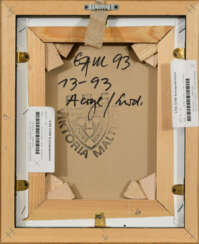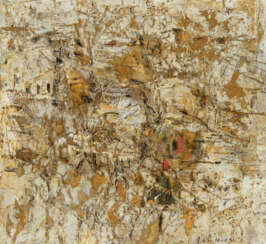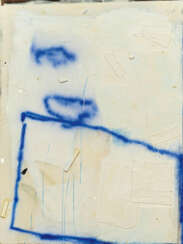moderne et l'art abstrait
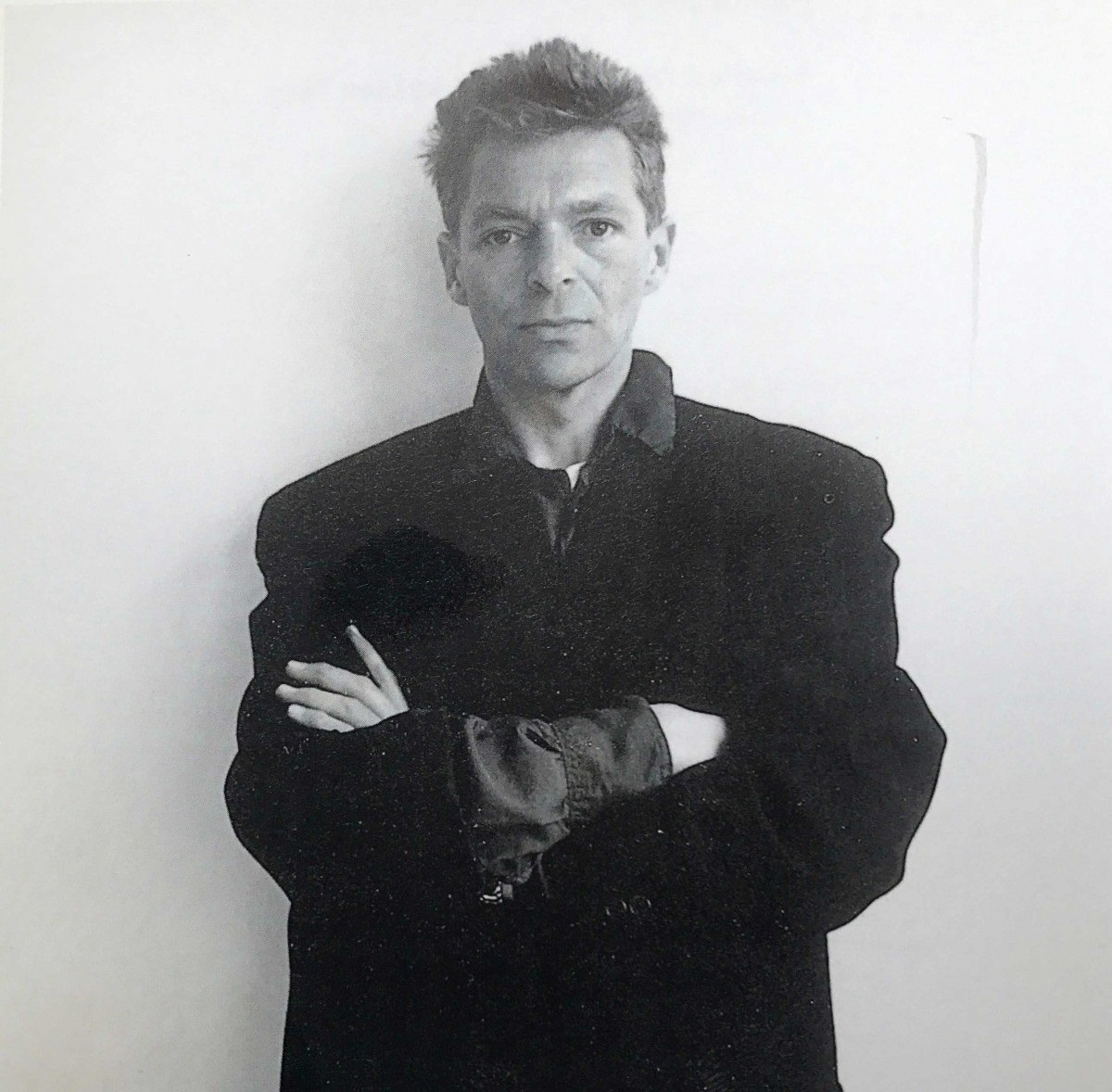
Martin Disler was a Swiss painter, draughtsman and writer. He is associated with the Neue Wilde painting style.

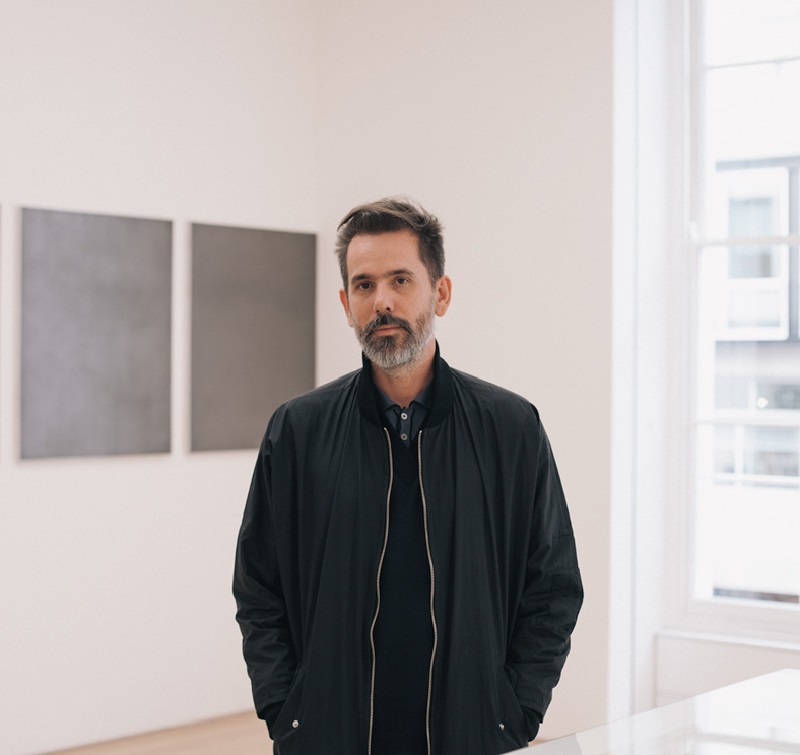
Diango Hernández is a Cuban artist who lives and works between Düsseldorf, Germany and Havana. From 1994 to 2003, Hernández was involved with Ordo Amoris Cabinet, which he co-founded with Ernesto Oroza, Juan Bernal, Francis Acea and Manuel Piña. He is married to artist Anne Pöhlmann.

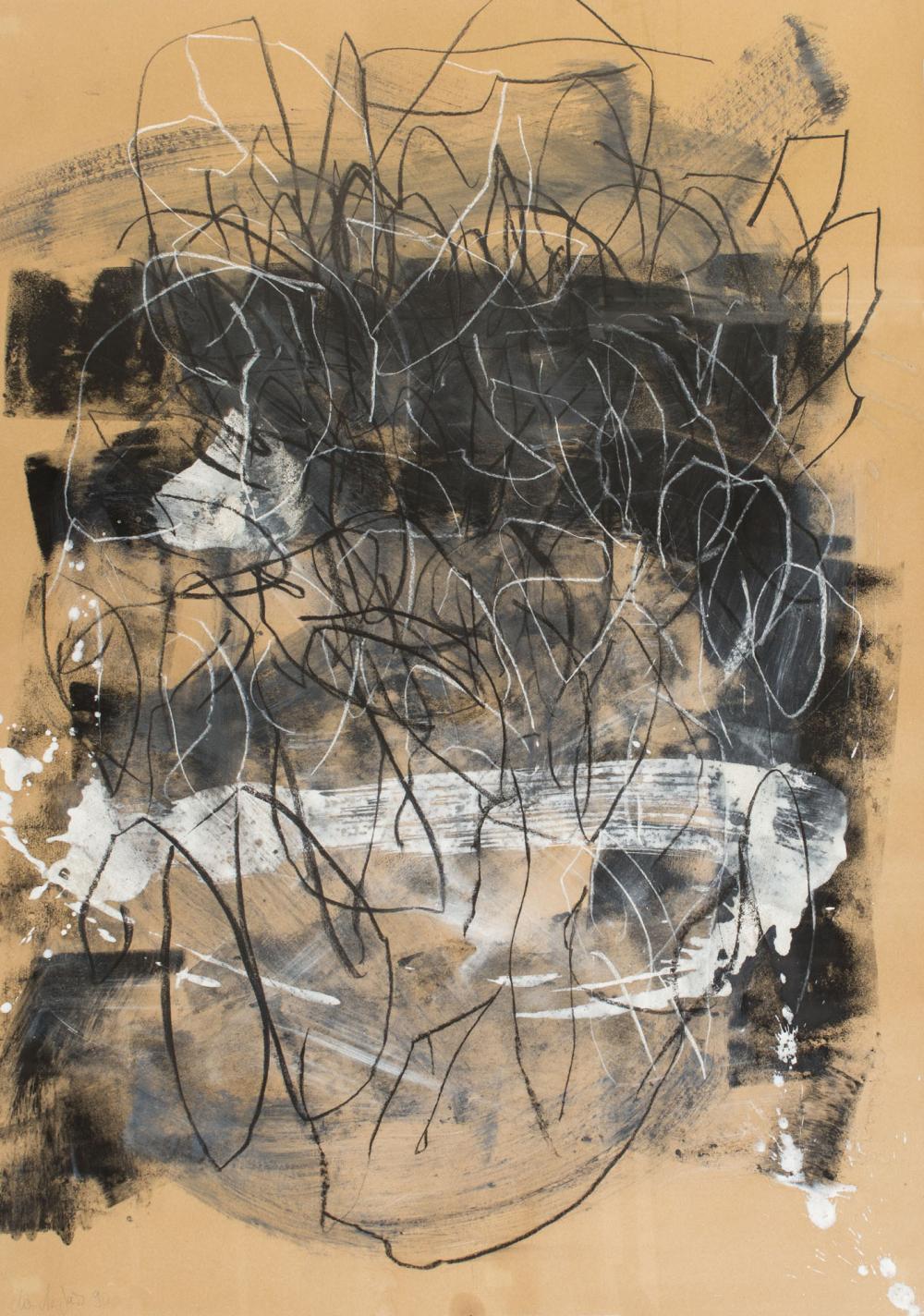
Christoph M. Gais is a German abstractionist painter and designer. He studied painting at the Academy of Fine Arts in Stuttgart and at the Hochschule für Kunst in Berlin, where he received his master's degree. Christoph M. Geiss's paintings are based on the tradition of gestural abstract painting. His work also includes several art projects in architecture, such as the design of the Louise Schroeder Hall at the Red City Hall in Berlin.
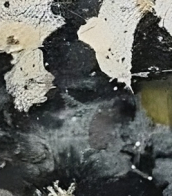

Christoph M. Gais is a German abstractionist painter and designer. He studied painting at the Academy of Fine Arts in Stuttgart and at the Hochschule für Kunst in Berlin, where he received his master's degree. Christoph M. Geiss's paintings are based on the tradition of gestural abstract painting. His work also includes several art projects in architecture, such as the design of the Louise Schroeder Hall at the Red City Hall in Berlin.





